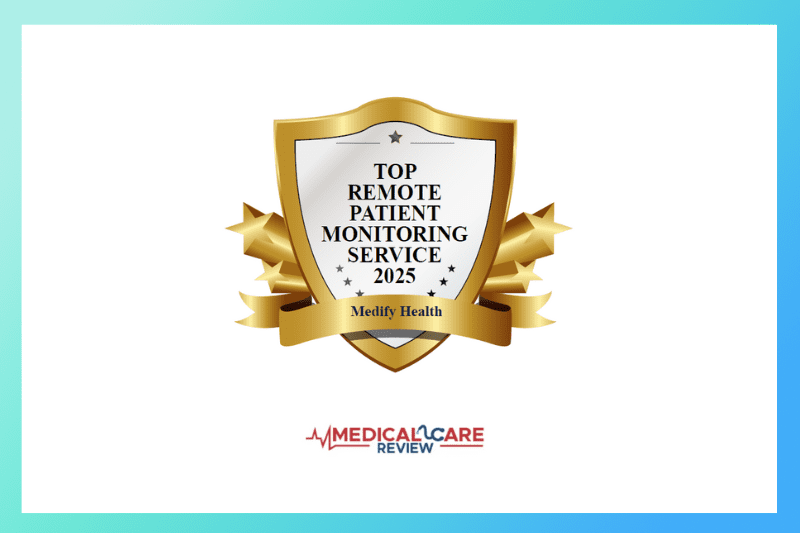
In the dynamic scope of healthcare, the emergence of patient-centric care has become a game-changer in improving patient outcomes. Patient-centric touchpoints—those critical moments of interaction between patients and healthcare providers—are gaining recognition for their transformative potential in the healthcare journey. When strategically crafted and executed, these touchpoints can wield significant influence over patient satisfaction, engagement, and overall health outcomes.
Understanding Patient-Centric Touchpoints
Patient-centric touchpoints encompass patients’ interactions with the healthcare system, from the first point of contact to post-treatment follow-ups. These interactions can occur in various forms, such as:
· In-person consultations and appointments
· Telehealth sessions
· Patient portals and electronic health records (EHR)
· Follow-up calls and messages
· Educational materials and resources
The goal is to make each touchpoint meaningful, personalized, and aligned with the patient’s needs and preferences.
Enhancing Patient Engagement
One of the most significant benefits of patient-centric touchpoints is increased patient engagement. Engaged patients are more likely to participate actively in their care, adhere to treatment plans, and make informed health decisions. Here are a few ways patient-centric touchpoints foster engagement:
1. Personalized Communication: Tailoring communication to address individual patient concerns and preferences helps build trust and rapport. This could involve personalized appointment reminders, customized health tips, or follow-up messages addressing specific health conditions.
2. Access to Information: Providing patients with easy access to their health records and educational resources empowers them to take charge of their health. Patient portals and mobile health apps can serve as convenient platforms for this purpose.
3. Interactive Tools: Tools like online symptom checkers, appointment schedulers, and medication trackers can enhance the patient experience by making healthcare more accessible and manageable.
Improving Health Outcomes
The positive influence of patient-centric touchpoints on health outcomes is well-documented. By focusing on the needs and experiences of patients, healthcare providers can drive better clinical results. Here’s how:
1. Enhanced Communication: Clear and consistent communication ensures that patients understand their diagnosis, treatment options, and care plans. This reduces the likelihood of misunderstandings and non-compliance with medical advice.
2. Timely Interventions: Regular follow-ups and check-ins help detect potential issues early, allowing for prompt intervention. For instance, follow-up calls after surgery can help identify complications before they become severe.
3. Emotional Support: A patient-centric approach acknowledges the emotional and psychological aspects of healthcare. Providing compassionate care and emotional support can improve patient morale and adherence to treatment, leading to better outcomes.
4. Patient Feedback: Soliciting and acting on patient feedback helps healthcare providers continuously improve their services. This feedback loop ensures that care remains aligned with patient expectations and needs.
Building a Patient-Centric Culture
Creating a truly patient-centric healthcare environment requires a cultural shift within healthcare organizations. Here are some steps to foster this culture:
1. Training and Education: Equip healthcare professionals with the skills and knowledge to deliver patient-centered care. This includes communication skills, empathy training, and cultural competence.
2. Technology Integration: Leverage technology to facilitate seamless and personalized interactions. EHR systems, telehealth platforms, and mobile apps should be user-friendly and patient-focused.
3. Collaboration and Teamwork: Encourage collaboration among healthcare providers to ensure a cohesive and comprehensive approach to patient care. Multidisciplinary teams can work together to address all aspects of patient health.
4. Patient Involvement: Involve patients in decision-making processes and care planning. This respects their autonomy and ensures that care plans are tailored to their unique needs and circumstances.
Conclusion
Patient-centric touchpoints are more than just moments of interaction; they are opportunities to create meaningful connections and improve health outcomes. By prioritizing the patient’s experience and focusing on personalized, compassionate care, healthcare providers can foster a more engaged, informed, and satisfied patient
population. As the healthcare landscape continues to evolve, the emphasis on patient-centric touchpoints will undoubtedly play a crucial role in shaping the future of healthcare.
In summary, the positive influence of patient-centric touchpoints on outcomes is clear. By enhancing patient engagement, improving communication, providing timely interventions, and offering emotional support, healthcare providers can create a more effective and compassionate healthcare system. The journey towards truly patient-centered care is ongoing, but the potential for better health outcomes grows with each step.



